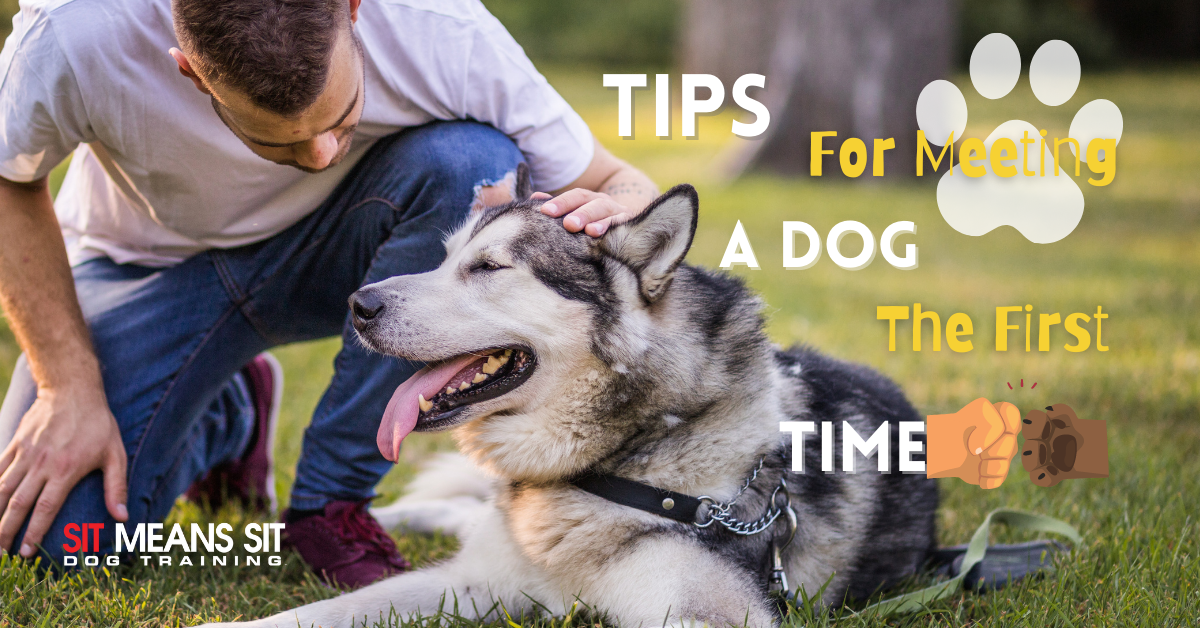
Tips for Meeting a Dog for the First Time
If you love dogs, it may be difficult to resist the urge to run up and cuddle every adorable pooch you see, but not every dog reacts positively to first meeting someone new. Being responsible about how you approach dogs at the first meet is important. Be on the side of caution and read on to learn about how to successfully approach a new canine encounter.
Give The Dog & Their Owner Personal Space
Before anything else, you should first ask the owner if it is okay with them to come and approach their dog. Some dog owners know how their pooch will react to a stranger on the street, so if they deny you, take it respectfully.
Invading a dog’s space is never a good idea, but if the owner gives you permission to interact, then let the dog come to you. This will help them feel comfortable and safe in your initial impression. Dogs often meet each other on their rides or rear side, so try greeting the dog in this way instead of facing head-on. Avoid making direct eye contact as this can make them feel confrontational, instead, squat down to their height and let them take the lead.
Beware Of Your Hands
When you first meet a dog you want to take it slow, so resist the urge to give them pats and pets to ensure the meeting stays calm. You can usually tell how a dog will feel about you by sensing their body language, or even if the owner lets you know if they’re reacting positively to you. Lots of dogs like to first sniff you out, so try offering a gentle hand by your side for them. If they seem comfortable with you and the owner says it’s okay, give them a scratch under the chin or on their side as a non-threatening approach!
Watch The Dog’s Body Language
Dogs can have good and bad days just like people. Some dogs may just not be in the mood for strangers when you meet them, so don’t try to force an interaction if the dog isn’t seemingly interested. You also don’t want to be overly affectionate or hug a dog you just met as this could potentially upset them. Reading a dog’s body language will tell you if they’re comfortable or in distress. Some tell-all signs a dog is happy include– a relaxed body and ears, calmly wagging tail, and playful or eagerness.
A dog that is in distress or agitated will show it with its body language. If they have their tail tucked back, ears positioned backward, bearing teeth, or making eye contact, then they could be provoked and potentially bite you. Most dogs are not aggressive in nature, but if they feel cornered, then they could attack.
Don’t Reward Bad Behavior
People often make the mistake of rewarding bad behavior when they meet a dog. For example, if a dog jumps on you (out of excitement), it is best to take a step back or turn your body away. Try not to just say “it’s okay” when the owner scolds their dog to get down. You don’t want to reward the behavior they have likely worked hard to get their dog trained not to do!
